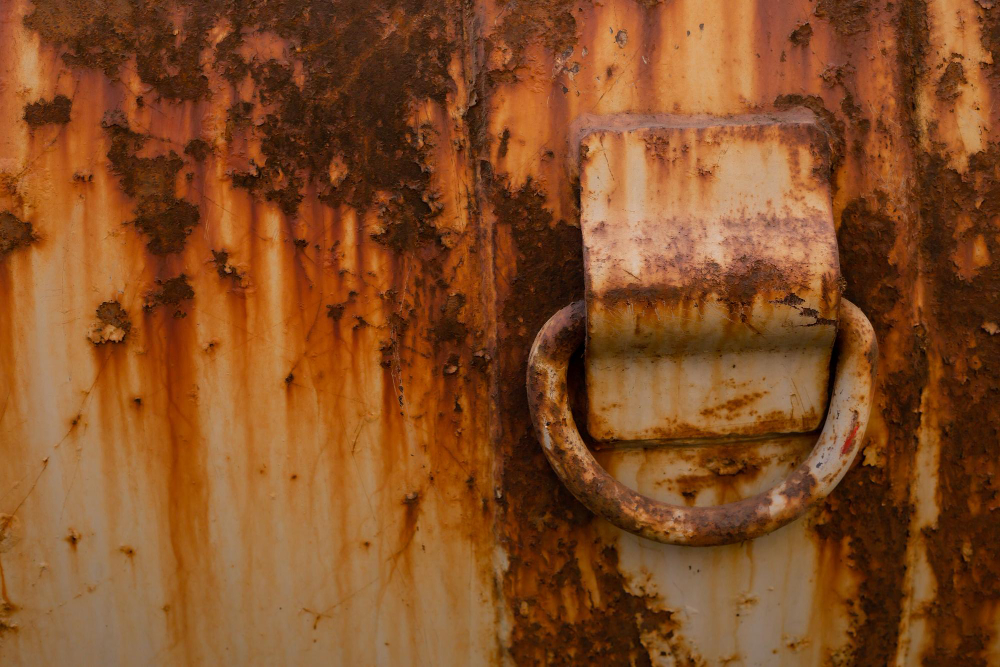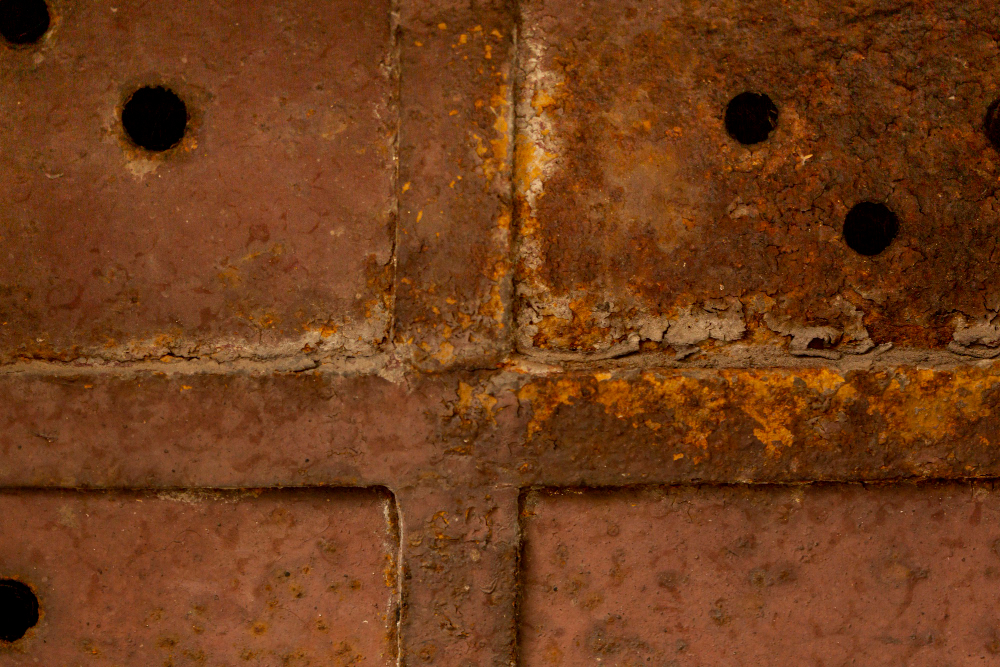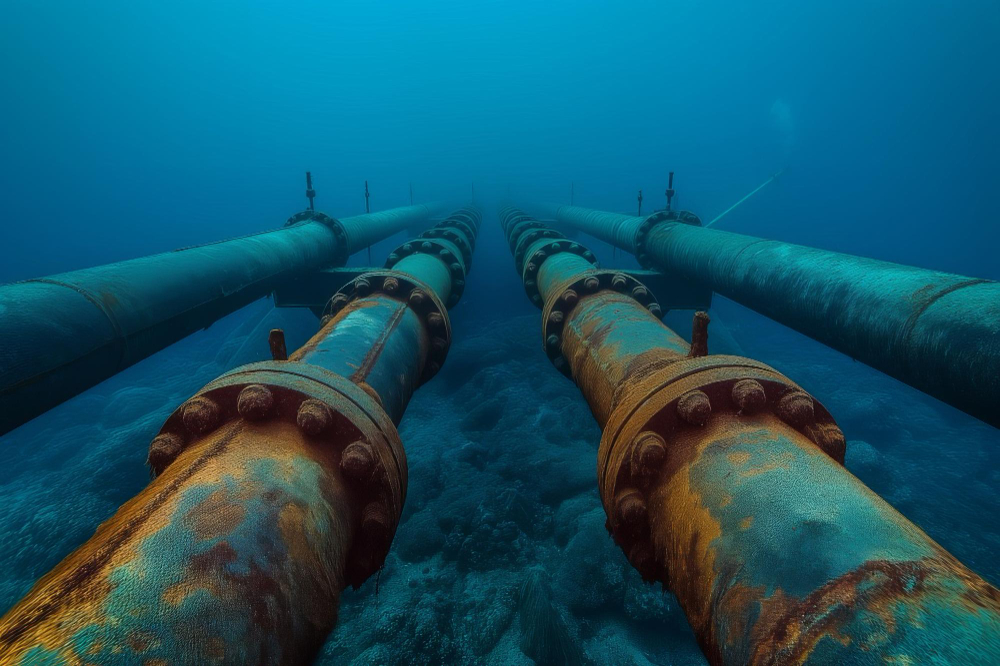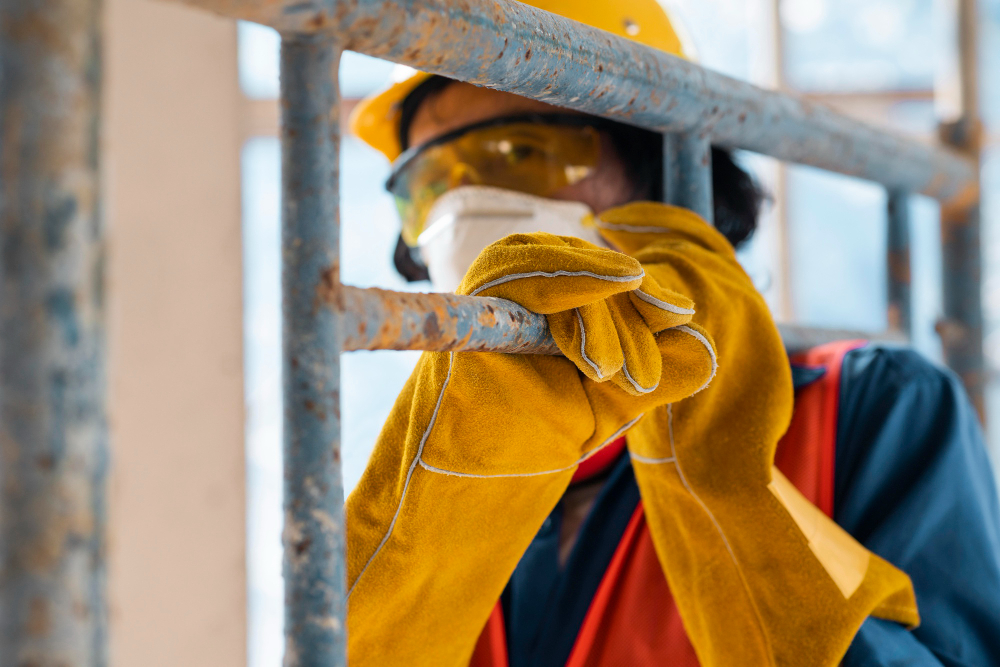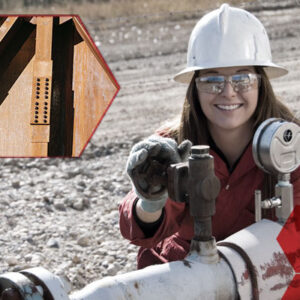Understanding the Disadvantages of Corrosion: Economic, Structural, Environmental, and Health Impacts
Definition of Corrosion
Corrosion is a natural process that involves the deterioration of metal components due to chemical reactions with their environment. It is a widespread issue that affects various industries and infrastructure worldwide. The phenomenon not only compromises the functionality of metal products but also poses significant economic and safety concerns.
Brief Overview of the Causes and Types of Corrosion
Corrosion can be caused by a variety of factors, including exposure to moisture, chemicals, salt, and other environmental elements. Common types of corrosion include uniform corrosion, galvanic corrosion, pitting corrosion, and crevice corrosion. Each type presents unique challenges and requires specific strategies for prevention and mitigation.
Importance of Understanding the Disadvantages of Corrosion
Understanding the disadvantages of corrosion is crucial for industries and societies to implement effective prevention and mitigation strategies. This knowledge helps in minimizing economic losses, ensuring structural integrity, protecting the environment, maintaining operational efficiency, and safeguarding health and safety. Proactive measures can significantly reduce the adverse effects of corrosion, ensuring the longevity and safety of metal structures and components.
Economic Impact
Cost of Repair and Maintenance
One of the significant disadvantages of corrosion is the high cost of repair and maintenance. Industries spend billions annually on repairing and replacing corroded components and infrastructure. These expenditures can divert funds from other critical areas, such as research and development or expansion projects.
Replacement of Damaged Infrastructure and Machinery
Corrosion leads to the premature failure of infrastructure and machinery, necessitating expensive replacements. This financial burden can strain budgets and affect profitability. In severe cases, entire systems may need to be replaced, leading to substantial financial setbacks.
Financial Burden on Industries
Industries such as oil and gas, transportation, and construction are particularly impacted by corrosion. The financial burden includes not only direct costs but also indirect costs like production losses and increased insurance premiums. This cumulative financial strain can hinder the growth and sustainability of affected industries.
Structural Integrity
Weakening of Metal Structures
Corrosion weakens metal structures, reducing their load-bearing capacity and making them more prone to collapse or failure. This degradation compromises the reliability and safety of infrastructure, posing risks to users and the public.
Increased Risk of Accidents and Failures
The weakening of structures due to corrosion increases the risk of accidents and catastrophic failures, posing significant safety hazards. These incidents can result in loss of life, severe injuries, and substantial property damage, highlighting the critical need for effective corrosion management.
Safety Concerns in Critical Infrastructures
Critical infrastructures like bridges, pipelines, and buildings are particularly vulnerable to the disadvantages of corrosion. Ensuring their integrity is vital for public safety. Failure in these structures can lead to widespread disruption and long-term consequences for communities and economies.
Environmental Damage
Contamination of Soil and Water
Corroded materials can leach harmful substances into soil and water, causing environmental contamination. This contamination can affect the quality of drinking water and agricultural productivity, posing long-term health risks to humans and animals.
Impact on Ecosystems and Wildlife
The release of toxic materials from corrosion can harm ecosystems and wildlife, disrupting natural habitats and food chains. Such impacts can lead to the decline of certain species and negatively affect biodiversity.
Challenges in Waste Management
Disposing of corroded materials poses challenges in waste management, as they often require special handling and treatment to prevent further environmental damage. The disposal process can be costly and resource-intensive, further complicating waste management efforts.
Operational Efficiency
Decreased Performance and Efficiency
Corrosion can significantly decrease the performance and efficiency of machinery and equipment, leading to operational challenges. Inefficient operations can result in higher production costs and reduced competitiveness in the market.
Increased Downtime and Production Losses
Frequent breakdowns and maintenance due to corrosion result in increased downtime and production losses, affecting overall productivity. These disruptions can lead to missed deadlines, customer dissatisfaction, and lost revenue.
Higher Energy Consumption
Corroded components often operate less efficiently, leading to higher energy consumption and increased operational costs. This inefficiency can contribute to a larger carbon footprint and higher environmental impact.
Health and Safety Hazards
Exposure to Toxic Substances
Corroded materials can release toxic substances, posing health risks to workers and the public. Prolonged exposure to these substances can lead to chronic health conditions, necessitating long-term medical care. These health issues can result in increased medical expenses and reduced quality of life, emphasizing the need for stringent safety measures and effective corrosion management.
Potential Health Risks
Inhaling or coming into contact with substances released from corroded materials can cause serious health issues. These risks are particularly significant in industrial settings, where workers may be exposed to high levels of hazardous substances. The health impacts are a critical aspect of the disadvantages of corrosion, highlighting the need for rigorous safety protocols and effective management strategies to protect worker health and minimize long-term risks.
Safety Hazards
Corrosion-related failures in industrial and residential areas can lead to safety hazards, including structural collapses and equipment malfunctions. These incidents are among the severe disadvantages of corrosion, resulting in injuries, fatalities, and significant property damage. The potential for such risks highlights the urgent need for effective corrosion management to mitigate these dangerous outcomes and address the broader disadvantages of corrosion.
Aesthetic and Functional Degradation
Impact on Appearance
Corrosion negatively impacts the appearance of buildings, vehicles, and infrastructure, leading to aesthetic degradation. This visual deterioration can reduce the perceived value and appeal of properties and products.
Loss of Functionality
Everyday items like household appliances and tools can lose their functionality due to corrosion, affecting their usability and lifespan. This loss of functionality can lead to increased replacement costs and inconvenience for users.
Reduced Lifespan of Consumer Products
Corrosion reduces the lifespan of consumer products, leading to more frequent replacements and increased costs. Consumers may face higher expenses and more waste, contributing to environmental concerns.
Mitigation and Prevention Challenges
High Cost of Prevention Methods
Implementing effective corrosion prevention methods can be costly, posing a financial challenge for many industries. These costs can include the development and application of protective coatings, cathodic protection systems, and regular maintenance programs.
Limitations of Existing Technologies
Current technologies and materials used for corrosion prevention have limitations and may not provide comprehensive protection. Continued research and innovation are necessary to develop more effective and sustainable solutions. Addressing the disadvantages of corrosion requires ongoing efforts to improve existing methods and discover new techniques that offer long-term resilience and efficiency. By understanding and mitigating the disadvantages of corrosion, industries can enhance the durability and performance of their infrastructure and equipment.
Need for Continuous Monitoring
Continuous monitoring and maintenance are required to effectively manage the disadvantages of corrosion, demanding resources and effort. Without regular inspections, minor corrosion issues can escalate into major problems, leading to significant damage and costs.
Frequently Asked Questions
What is corrosion?
Corrosion is the gradual deterioration of metal components caused by chemical reactions with their environment. This process can significantly affect the functionality, safety, and lifespan of metal structures and products.
What are the common causes of corrosion?
Corrosion can be triggered by various factors, including exposure to moisture, chemicals, salt, and other environmental elements. These factors cause different types of corrosion such as uniform, galvanic, pitting, and crevice corrosion.
Why is understanding corrosion important?
Understanding corrosion is crucial for implementing effective prevention and mitigation strategies. It helps in reducing economic losses, maintaining structural integrity, protecting the environment, ensuring operational efficiency, and safeguarding health and safety.
How does corrosion affect structural integrity?
Corrosion weakens metal structures, reducing their load-bearing capacity and increasing the risk of accidents and failures. This compromises the reliability and safety of critical infrastructures, posing risks to users and the public.
Closing Insights
Corcon – An Institute of Corrosion, plays a pivotal role in addressing the disadvantages of corrosion by providing cutting-edge research, training, and resources. Corcon’s expertise helps industries implement effective corrosion management strategies, ensuring the longevity and safety of metal structures and components. By partnering with Corcon, industries can access the latest technologies and best practices for corrosion prevention and control, ultimately reducing the adverse impacts of corrosion on the economy, environment, and public health. For further resources and solutions regarding the disadvantages of corrosion, consider consulting Corcon to benefit from their extensive knowledge and support in managing and preventing corrosion effectively.
Image Reference: Freepik
Disclaimer: All trademarks, logos, and brand names are the property of their respective owners. All company, product, and service names used in this website are for identification purposes only. Use of these names, trademarks, and brands does not imply endorsement.
